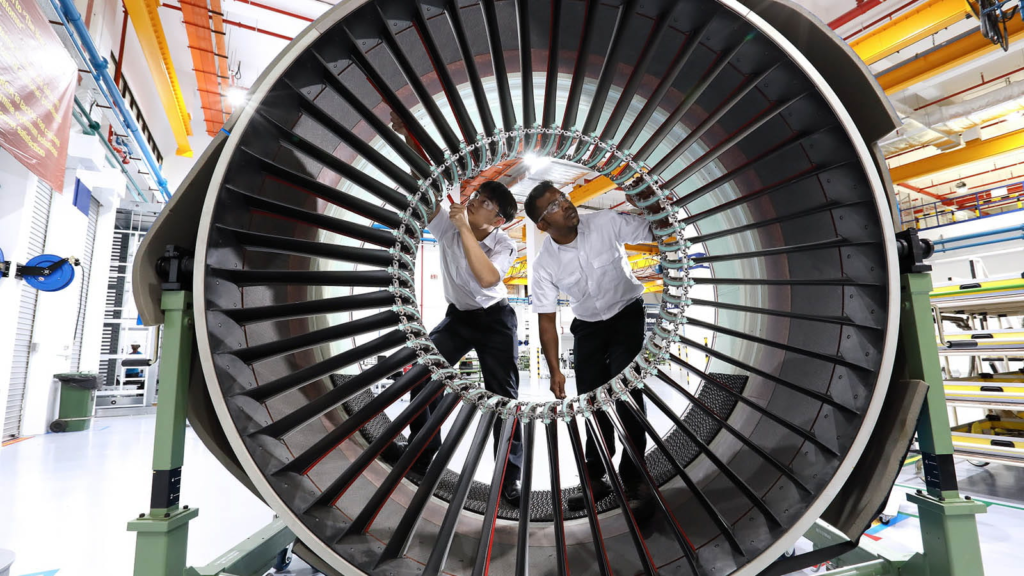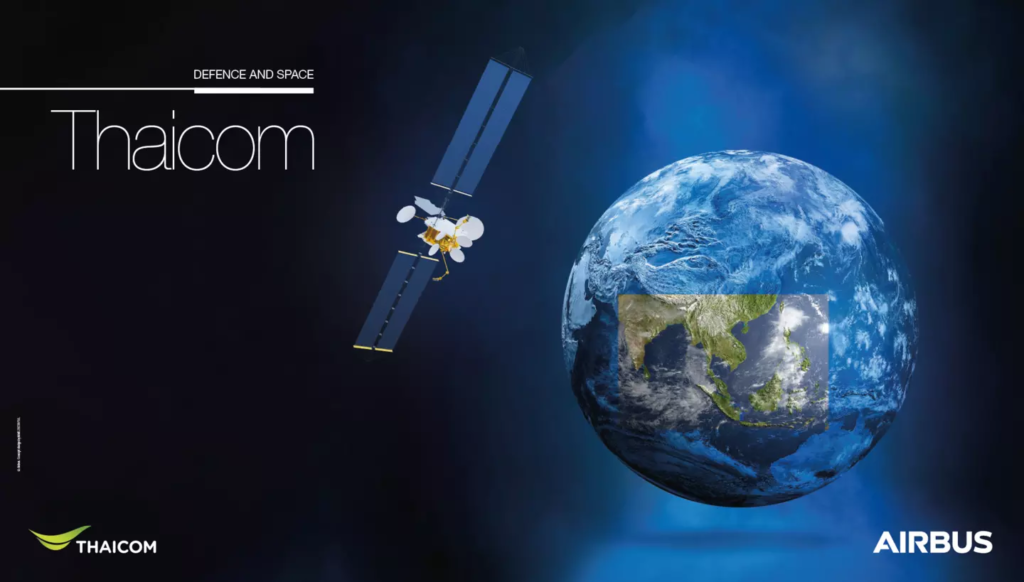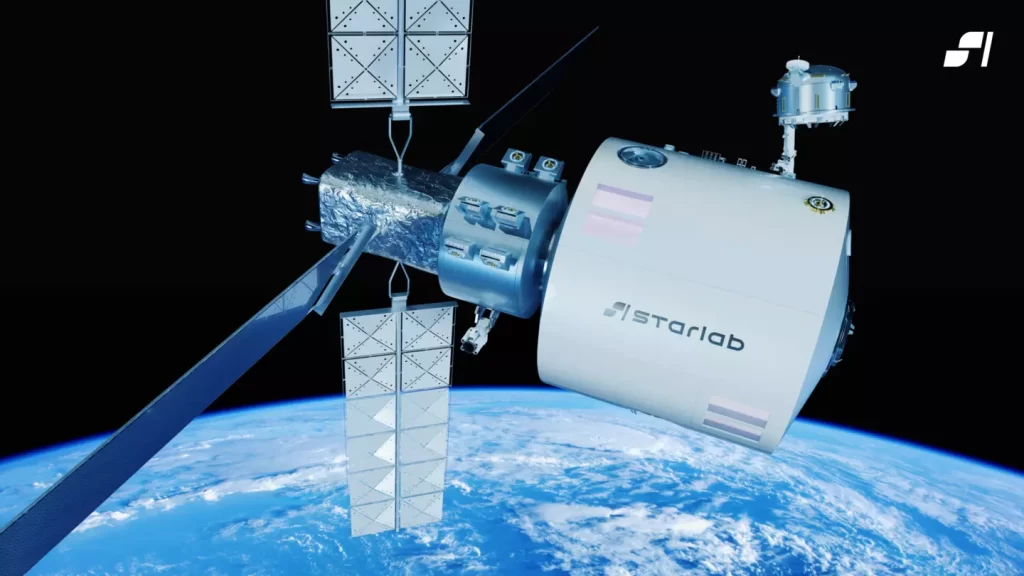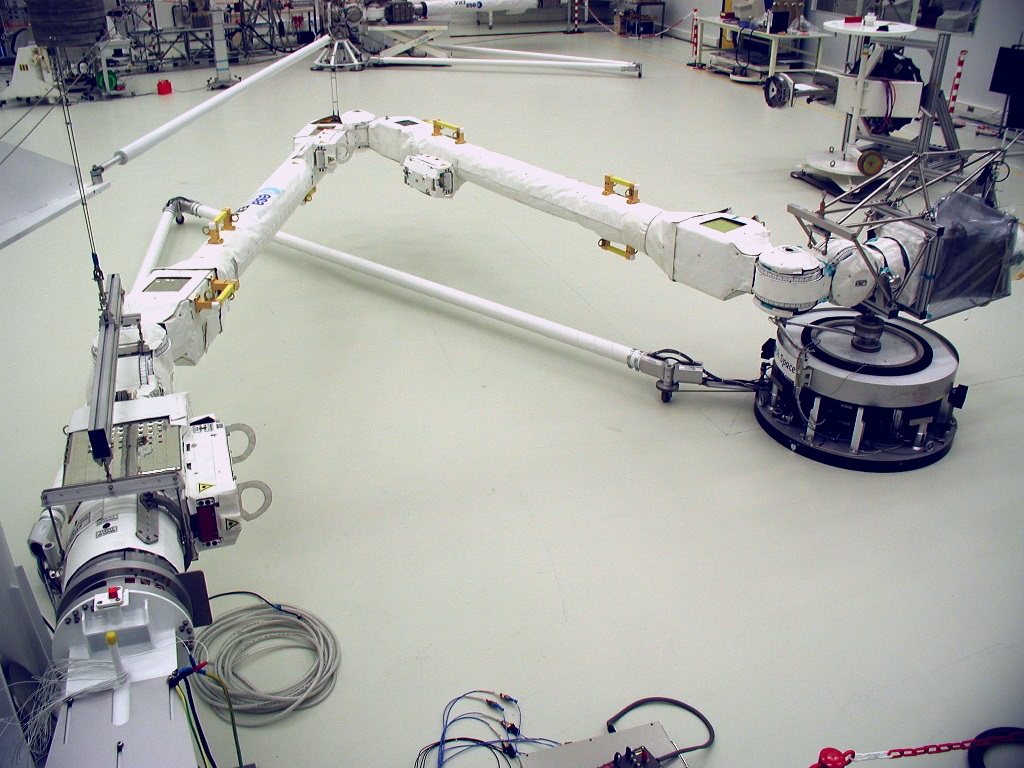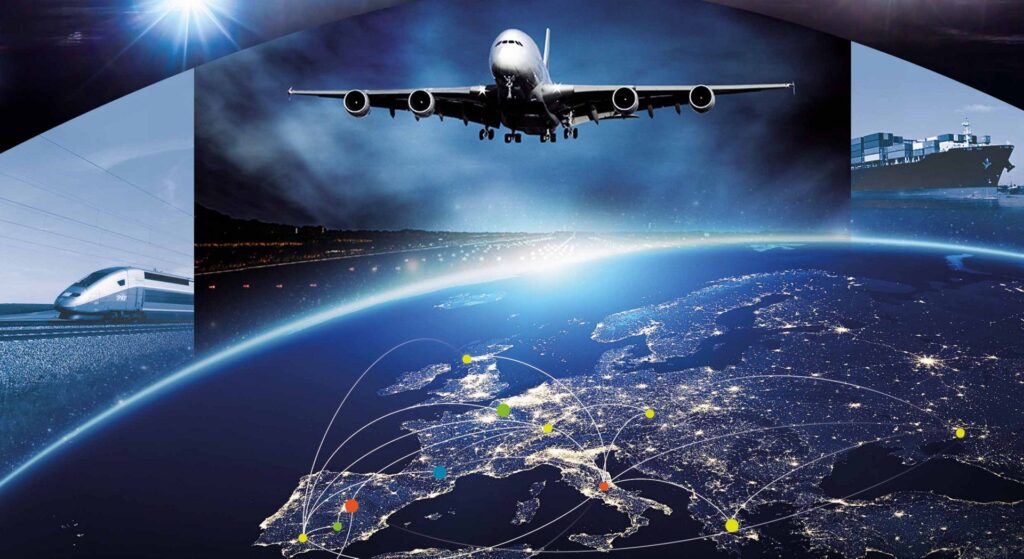Pratt & Whitney expands site at Eagle Services Asia facility in Singapore
Singapore, February 19, 2024, PRNewswire - (Singapore Airshow) Pratt & Whitney, an RTX (NYSE: RTX) business, today announced the official opening of a 48,000 square-foot expansion of its Singapore based engine center, Eagle Services Asia…
